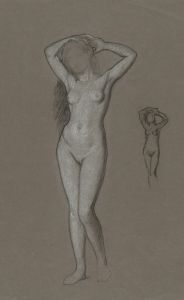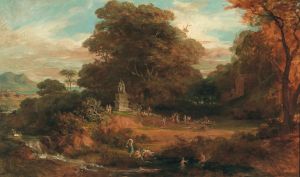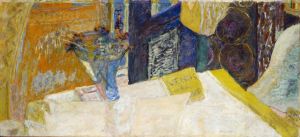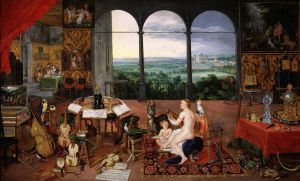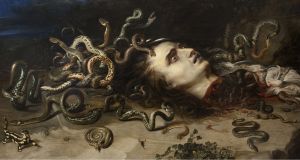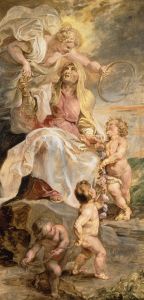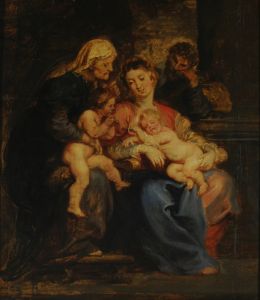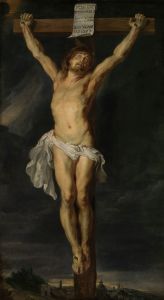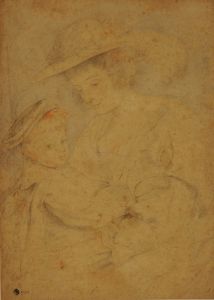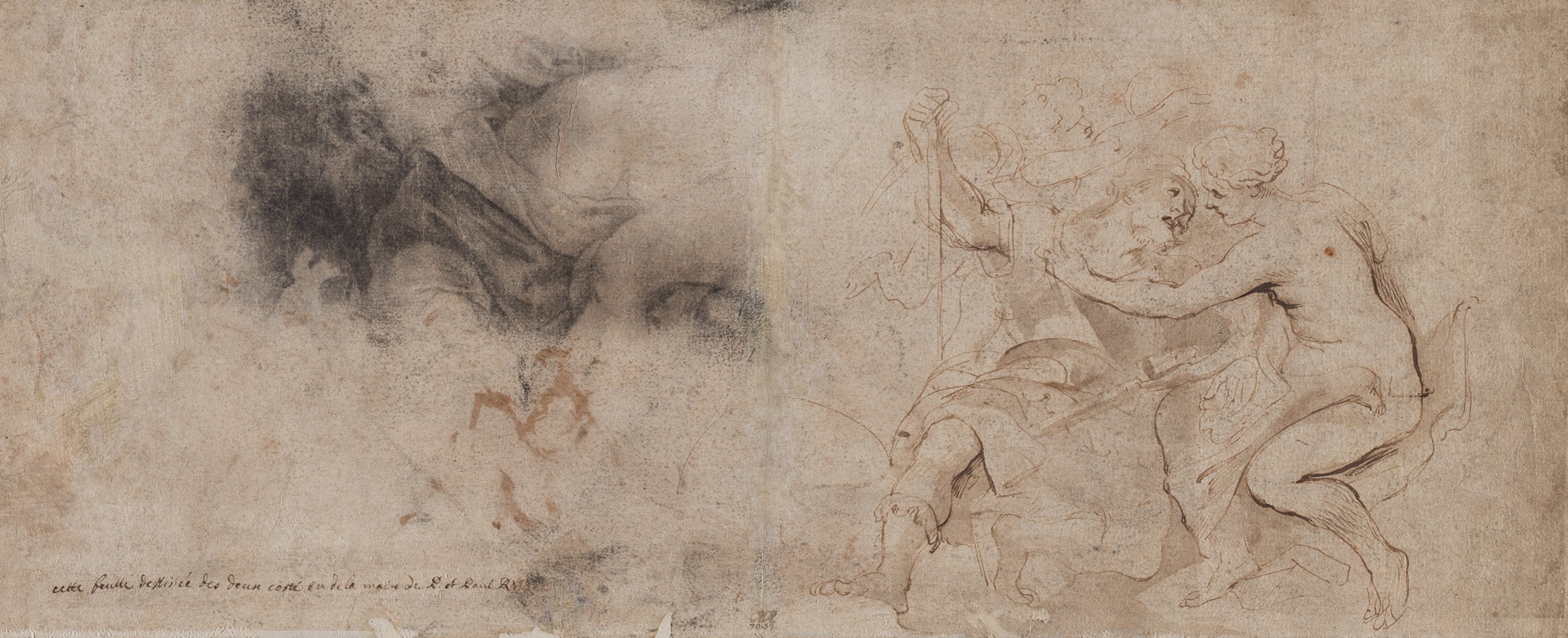
Venus Disarming Mars, Drapery Study
A hand-painted replica of Peter Paul Rubens’s masterpiece Venus Disarming Mars, Drapery Study, meticulously crafted by professional artists to capture the true essence of the original. Each piece is created with museum-quality canvas and rare mineral pigments, carefully painted by experienced artists with delicate brushstrokes and rich, layered colors to perfectly recreate the texture of the original artwork. Unlike machine-printed reproductions, this hand-painted version brings the painting to life, infused with the artist’s emotions and skill in every stroke. Whether for personal collection or home decoration, it instantly elevates the artistic atmosphere of any space.
Peter Paul Rubens, a prominent Flemish Baroque painter, is renowned for his dynamic compositions, vibrant use of color, and masterful depiction of the human form. Among his extensive body of work, Venus Disarming Mars, Drapery Study is a lesser-known but significant example of his preparatory studies. This artwork is a drapery study, a type of drawing or painting used by artists to explore the textures, folds, and movement of fabric as it interacts with the human figure.
The study is believed to be connected to Rubens's larger compositions involving mythological themes, particularly those featuring Venus, the Roman goddess of love, and Mars, the god of war. In such works, Rubens often depicted the interplay between love and conflict, a recurring theme in classical mythology. Drapery studies like this one were essential tools for Rubens, allowing him to refine the details of clothing and fabric before incorporating them into his larger, more complex paintings.
Rubens's drapery studies are characterized by their meticulous attention to detail and the artist's ability to convey the weight, texture, and movement of fabric. These studies were typically executed in oil on paper or canvas, a medium that allowed Rubens to achieve a high degree of realism and depth. The use of oil also enabled him to experiment with light and shadow, enhancing the three-dimensional quality of the drapery.
While the exact date of Venus Disarming Mars, Drapery Study is not definitively known, it is consistent with Rubens's working methods during the early 17th century. During this period, Rubens was at the height of his career, producing numerous works for royal patrons, churches, and private collectors across Europe. His studio in Antwerp was a hub of artistic activity, where he employed a team of assistants and apprentices to help execute his ambitious projects.
This particular study reflects Rubens's deep understanding of classical art and his ability to reinterpret ancient themes through a Baroque lens. The fluidity and dynamism of the drapery in the study exemplify the dramatic and emotive qualities that define Baroque art. Although the study was likely intended as a preparatory work, it stands on its own as a testament to Rubens's skill and artistic vision.
As with many of Rubens's works, the study demonstrates his ability to balance technical precision with a sense of movement and vitality. It provides valuable insight into his creative process and his approach to depicting the human form and its interaction with the surrounding environment. Today, Rubens's drapery studies are highly regarded by art historians and collectors, offering a glimpse into the meticulous preparation behind his celebrated masterpieces.






